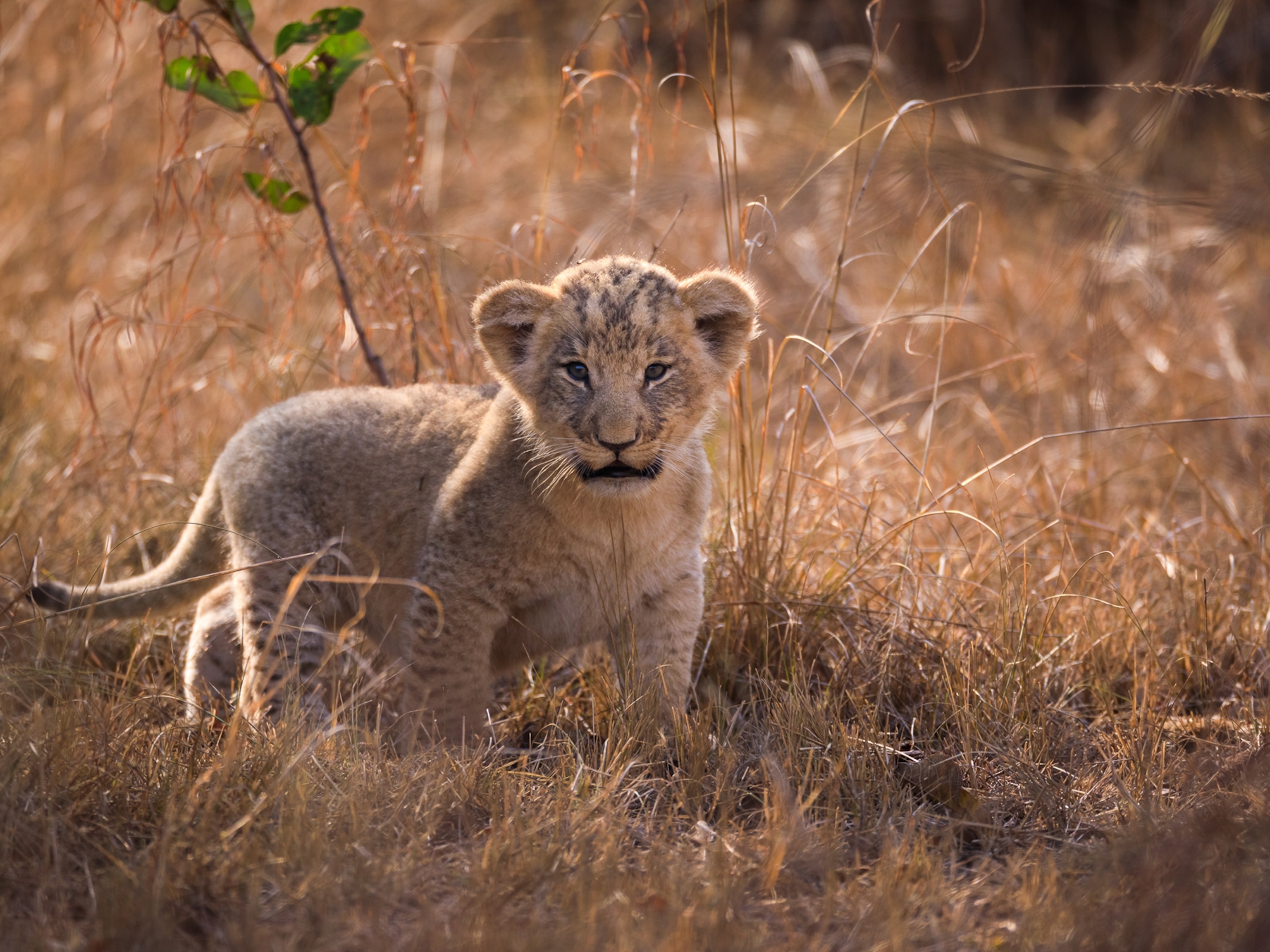
South Africa Just Lifted Its Ban on the Rhino Horn Trade
A lawsuit brought by two South African rhino ranchers to invalidate the country's rhino horn ban is upheld, and the government's appeal is denied.
UPDATE: On April 5, 2017, South Africa's Constitutional Court rejected the government's application to appeal, exhausting the government's appeal options. The domestic trade will be legalized. Read more here.
In May, the Supreme Court of Appeal had dismissed the minister's application to appeal to that court. According to the DEA, the June 8 application "suspends the operation and execution of the High Court’s 2015 invalidation of the moratorium, and means that the moratorium on the domestic trade in rhino horn, or products or derivatives thereof, is once again in place."
With just three terse sentences, South Africa’s Supreme Court of Appeal has legalized rhino horn trade in South Africa again, rejecting an appeal by the government to keep a ban on domestic trade in place. The decision opens a door to criminal activity that some say is necessary to save a species—and others say will doom it.
International trade in rhino horn has been banned since 1977 among the now 182 member countries of the Convention on International Trade in Endangered Species of Fauna and Flora (CITES), the body that governs international wildlife trade.
But CITES covers trade between countries; it does not apply to trade within a country's own borders. South Africa, home to the world's largest rhino population, and nearly all of the world's 20,000 white rhinos, allowed domestic trade in white rhino horns until 2009. That year, in response to a rise in poaching, the government imposed a moratorium, shutting off the internal South African rhino horn business.
The scrapping of South Africa's rhino horn moratorium comes at an especially awkward moment for the South African government. In September, South Africa will host the triennial meeting of CITES. Given pro-trade statements by the country’s wildlife negotiators at the previous CITES meeting, in Bangkok, many had anticipated that the South African government would use the opportunity to push for removing the international ban on rhino horn trade.
Instead, last month the environment ministry announced that it would make no such proposal. Then just hours before a CITES deadline on proposal submissions, tiny Swaziland, a landlocked monarchy inside South Africa, submitted its own proposal to CITES to sell rhino horn on the international market.
Rhino horn is made of keratin, the same protein as in hair or fingernails. In South Africa, ranchers raise rhino like dairy cows. Rather than milk their animals, however, they periodically anesthetize them, saw off their horns, and stockpile the lumps of keratin. If a rhino’s horn is removed above the root, it grows back.
The primary markets for rhino horn are China and Vietnam, where it is often ground into powder for use, fallaciously, as a cancer or headache cure. Even opponents of South Africa's domestic rhino horn ban acknowledge that there is virtually no market for rhino horn inside South Africa. And so the opening of South Africa's rhino horn market brings with it an unpleasant reality: Horn will now most certainly be smuggled out of South Africa to Asia.
As Julian Rademeyer, a senior fellow at the Global Initiative Against Transnational Organized Crime, notes, "Given the levels of corruption in some provincial permitting offices, there are certainly concerns that legal domestic sales could become a conduit for criminal networks to obtain horns which can be smuggled out of the country and sold on the black market. We saw as much prior to 2009 when middlemen for Vietnamese syndicates traveled the length and breadth of the country buying up ‘loose stock’ of horns from game farmers."

Victory for World's Largest Rhino Farmer
John Hume farms rhinos—nearly 1,300 of them on his property outside Johannesburg. He estimates that he’s stockpiled roughly five tons of rhino horn. Hume, along with safari operator Johan Kruger, had sued the Minister of Water and Environmental Affairs (DEA) to invalidate the 2009 moratorium.
In a case heard on World Rhino Day last year, September 22, 2015, Hume's lawyers argued that since he’s the world's largest rhinoceros rancher, the minister had a duty to consult with him before implementing the 2009 ban. In a ruling issued on November 26, 2015, South Africa's High Court in Pretoria agreed with Hume.
The court invalidated the moratorium, leaving rhinos in an odd position: The ban itself might have been constitutional, but the way it was enacted violated the administrative elements of South Africa's National Environmental Biodiversity Act.
The DEA first appealed to the Pretoria High Court, which denied leave to make the appeal. Then the ministry turned to the Supreme Court of Appeal, which last week dismissed the government's application in three terse sentences, concluding that "the requirements for special leave to appeal are not satisfied."
Hume's lawyer Izak Du Toit believes this latest court decision marks the end of litigation that has been going on since 2012.
The Switzerland of Rhino Horn Banking?
Du Toit believes that exports of South African rhino horn across the border to Swaziland would violate South African and Swaziland law, as well as the countries' CITES commitments.
But, he notes, if Swaziland wins the right to export rhino horn on the international market then South African ranchers could quite easily send live white rhinos to Swaziland and then harvest the horns there. This is possible because both South Africa and Swaziland maintain an exception to CITES's rhino horn trade ban. The exception allows them to export live rhinos to "appropriate and acceptable destinations," an undefined phrase that stands as a potential loophole.
Du Toit looks into the future and presents a hypothetical: "Swaziland could become the most popular country in the world for live rhino!"
According to Rademeyer, "There have been a few wackier schemes proposed on the sidelines, including the creation of specialist 'clinics' in South Africa aimed at Asian tourists with a taste for rhino horn."
Du Toit acknowledges that rhino horn will have to be smuggled from South Africa to Asia in order to find a market, but that smuggling, he says, if it is of horns taken from live rhino, would be a reasonable form of civil disobedience in light of a CITES ban that has failed to protect rhinos. "I've compared it to apartheid," he says. "Black people had to transgress the very law they objected to in order to show it was illegal."
For his part, rhino rancher John Hume remains skeptical that the court's decision last week means he'll be allowed to sell rhino horn on the South African market again.
"You never know with this government," he says. "In the next day or two we will apply for a few permits and see."
Bryan Christy is a National Geographic Society fellow and chief correspondent of National Geographic’s Special Investigations Unit. He was named National Geographic Explorer of the Year in 2014. Follow him on Twitter.
This story was produced by National Geographic’s Special Investigations Unit, which focuses on wildlife crime and is made possible by grants from the BAND Foundation and the Woodtiger Fund. Read more stories from the SIU on Wildlife Watch. Send tips, feedback, and story ideas to ngwildlife@natgeo.com.








